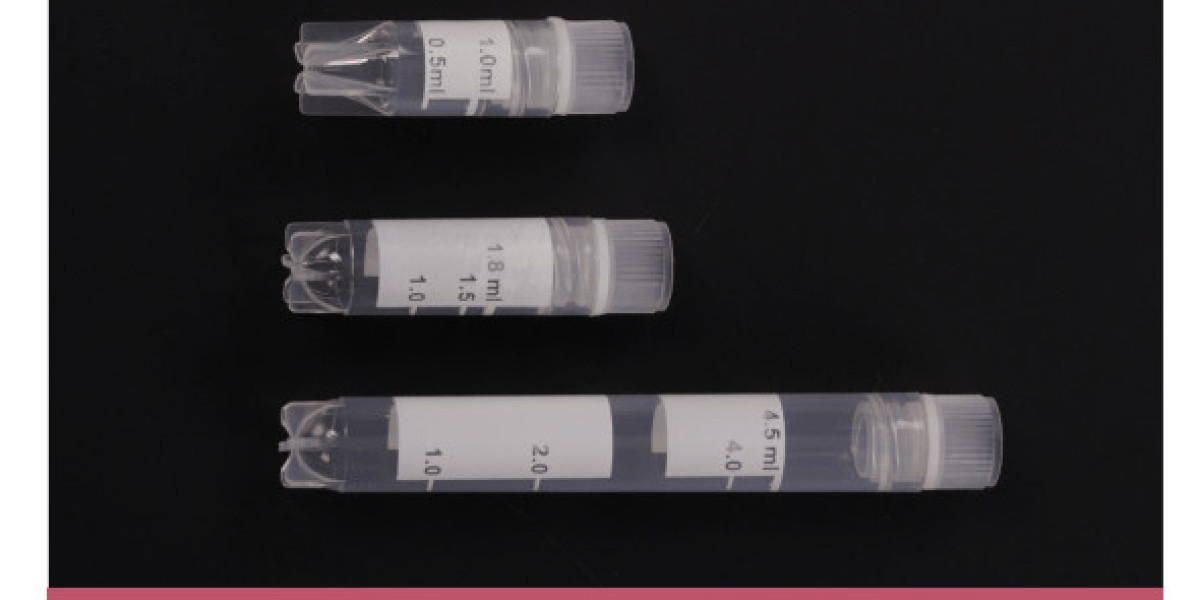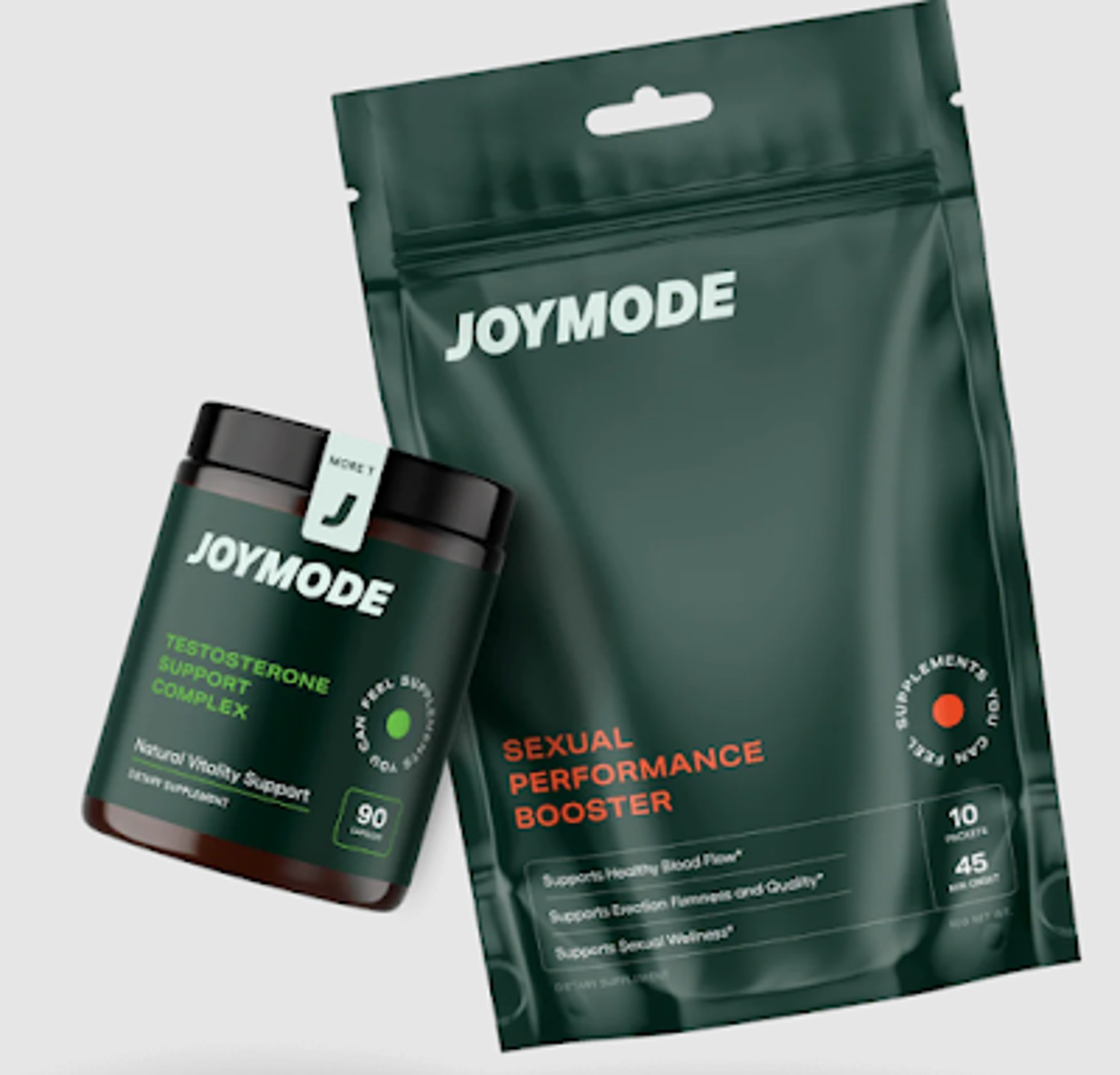The world of scientific research is an intricate dance where every element plays a part. One such element that often gets overlooked is the cryogenic vial or cryopreservation tube. These small, yet vital pieces of equipment are crucial in laboratories for preserving biological samples at ultra-low temperatures, a process known as cryopreservation.
Selecting the right cryogenic vials for your laboratory requires understanding the critical properties that contribute to their functionality and reliability. This comprehensive guide will provide you with valuable insights into the fundamental properties of cryogenic vials, helping you make an informed decision when it comes to your lab's cryopreservation needs.
Delving Deep into Cryogenic Vials
Cryogenic vials, also known as cryopreservation tubes, are specially designed containers that can withstand ultra-low temperatures, down to -196 degrees Celsius (-321 degrees Fahrenheit). They are primarily used to store biological materials like cells, tissues, or other samples, ensuring they are preserved without degradation over time.
These vials come with various features, including self-standing capabilities, different cap styles, graduations for volume measurement, and writing areas for sample identification. Understanding how these features contribute to the overall properties of cryogenic vials is key to choosing the most suitable ones for your laboratory.
Key Properties of Cryogenic Vials to ConsiderMaterial Composition
Cryogenic vials are commonly made from high-quality polypropylene due to its exceptional thermal and chemical resistance properties. Some vials also include a co-polymer cap, providing a secure seal even at ultra-low temperatures.
Size and Volume
The size and volume of cryogenic vials are crucial properties to consider. These vials typically range from 1.2 mL to 5.0 mL. The appropriate size for your lab depends on the volume of the samples you will be storing and the available space in your freezer or liquid nitrogen tank.
Cap Style
The cap style plays a significant role in the overall functionality of cryogenic vials. Screw caps offer a superior seal and are less likely to pop open during temperature changes. However, they can be more time-consuming to open and close. Flip-top or snap cap styles are easier to handle but may not provide as secure a seal.
Sterility and DNase/RNase-free Certification
For biological applications, it is imperative to use cryogenic vials that are sterile and certified DNase/RNase-free. These properties prevent sample contamination, ensuring the integrity of the preserved materials.
Barcode and Writing Area
A barcode or writing area on the cryogenic vial improves sample identification and tracking. This feature is particularly beneficial when managing a large number of samples.
The Importance of Choosing the Right Cryogenic Vials
Choosing the right cryogenic vials for your laboratory has a profound impact on your research work. It can help maintain sample integrity, enhance lab efficiency, and prevent sample loss due to vial failure. With the best-suited cryogenic vials, you can improve sample organization and ensure the success of your long-term storage needs.
Conclusion
Selecting the right cryogenic vials for your laboratory is a task that demands careful consideration. By understanding your needs and the properties mentioned above, you can confidently choose the perfect cryopreservation tubes for your lab. Remember, your research's success could hinge on this seemingly small yet crucial decision.









